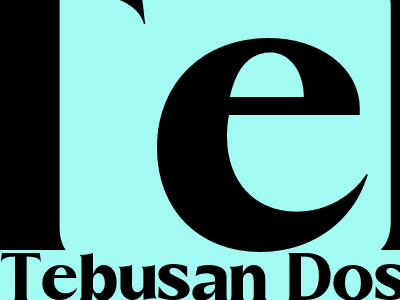
Tebusan Dosa: Exploring the Religious and Socio-Cultural Context of Scapegoating
Understanding the Concept of Scapegoating
Scapegoating, the act of blaming or punishing a person or group for the wrongdoings of others, has profound religious and socio-cultural roots. It often manifests in response to social anxieties, frustrations, and the need for a simplistic explanation for complex problems.Scapegoats are typically perceived as outsiders or marginalized individuals, making them easy targets for blame and persecution. The practice can have severe consequences, including ostracization, discrimination, and even violence.
Religious Origins and Manifestations
Scapegoating has been a prevalent theme in many religions. In the Old Testament of the Bible, the concept of the scapegoat is first introduced in the ritual of Yom Kippur. On this day, a live goat would be sacrificed and symbolically carry away the sins of the Israelites into the wilderness.
Similar practices have been found in other religions, such as the scapegoat ritual in ancient Greece, where a goat was chosen to carry the sins of the community and then cast into a ravine.
Socio-Cultural Factors and Consequences
Scapegoating is also driven by socio-cultural factors. In times of crisis or social tension, individuals or groups may be scapegoated as a means of releasing frustrations and maintaining stability.
Scapegoating can have devastating consequences for its victims. It can lead to social isolation, discrimination, and even violence. History is replete with examples of scapegoating, from the persecution of minorities during the Holocaust to the witch hunts of the Middle Ages.
Combating Scapegoating
Combating scapegoating requires a multifaceted approach. It involves educating about the harmful consequences of this practice, fostering empathy and understanding across different groups, and promoting inclusive policies that address underlying social issues.
Media literacy is crucial in countering scapegoating. By critically evaluating information and recognizing biased or inflammatory language, individuals can resist the temptation to engage in scapegoating.
Conclusion
Scapegoating is a complex phenomenon with deep-rooted religious and socio-cultural origins. It is a harmful practice that can have devastating consequences for its victims. By understanding the motivations and mechanisms behind scapegoating, we can work towards creating a more just and inclusive society.